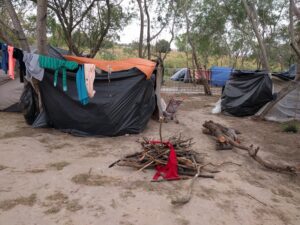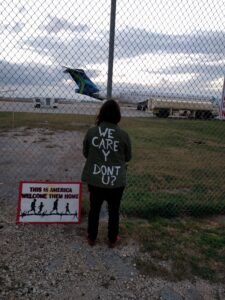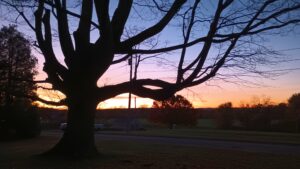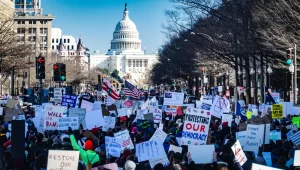Lately, I haven’t felt like talking very much.
And not talking has translated into not writing. Because writing is like talking–to some specified or unspecified audience out there, or simply to myself.
You can call it writer’s block or mild depression, both of which may be true, but I think it’s different. I feel suspended in “a still space,” a quiet kind of sadness like a sepia filter over a bright picture, muting the light into something eerie and unreachable.
Why am I sad? Why am I stymied? I’m about to lose a parent. And my country is transforming into a place where cruelty and greed are heightened, and glorified violence against those with less privilege due to race, gender, gender identity, economic status, citizenship status, etc. has risen to levels I wouldn’t have thought believable.
But it’s always been this way. I can hear the pundits, the activists, the social media bullhorns saying. The seeds have been sown years ago. Look at our history: enslavement, internment camps, lynchings, family separations, forced relocation of Native Americans, hate crimes against LGBTQ people… just a few of many examples.
Yet, there always seemed another way the lever could tilt–an opposing force that could right the wrongs.
Right now, correcting the angle of the lever seems to be a pretty heavy lift, despite the pundits, the activists, the social media cheerleaders telling us to suck it up and do it anyway.
Which I will. Because it matters. And because even in this still space, my schoolgirl self would never think of not doing her homework. So I’m going through the motions, slowly ticking off the activist tasks on my large to-do list. I can’t allow myself the privilege of wallowing when the lives of so many people who are much more vulnerable than I am are at stake.
And for my own personal sadness, I remind myself that my father is 93. He has been happy and healthy for nearly all of his long and well-lived life. The experience of losing a parent is excruciatingly hard, but it’s something most of us go through at some point. I’m lucky I’ve had 67 years before I’ve had to face it.
The last time I visited my father, about a month ago, he was in the hospital with the New York Times spread across his lap. He was still reading it back then, though in small snatches between nodding off. I’m scared of what’s going to happen after the inauguration, he said.
Now, he makes no pretense of reading the Times or watching the TV news. Now his life has been compressed to a few waking moments between a lot of nodding off, and his conversation has dwindled to silence. Perhaps, he, too, is entering a still space. I hope it’s still enough that he isn’t experiencing the fear many of the rest of us are feeling.
Surprisingly, the one creative thing I’ve been able to, and have been drawn to do, is play the piano. I’ve been focusing on the Bach fantasias (not the fugues that follow) in a minor and c minor–at a slightly slower and more soulful tempo than the way it’s played on the videos. Bach is my father’s favorite composer, so it feels like a way of honoring him. And it feels like a creative space I can be in–perhaps because it’s a space without words.
Subscribe at https://ddinafriedman.substack.com





